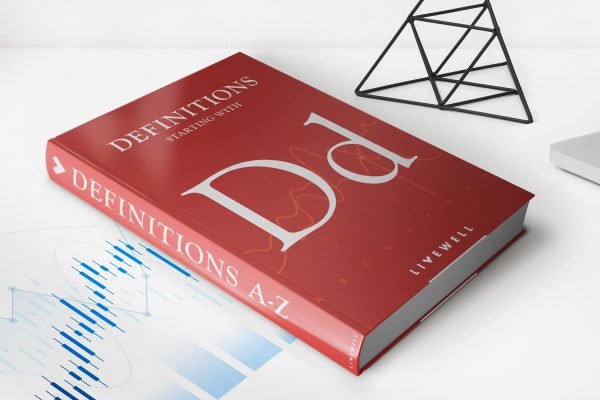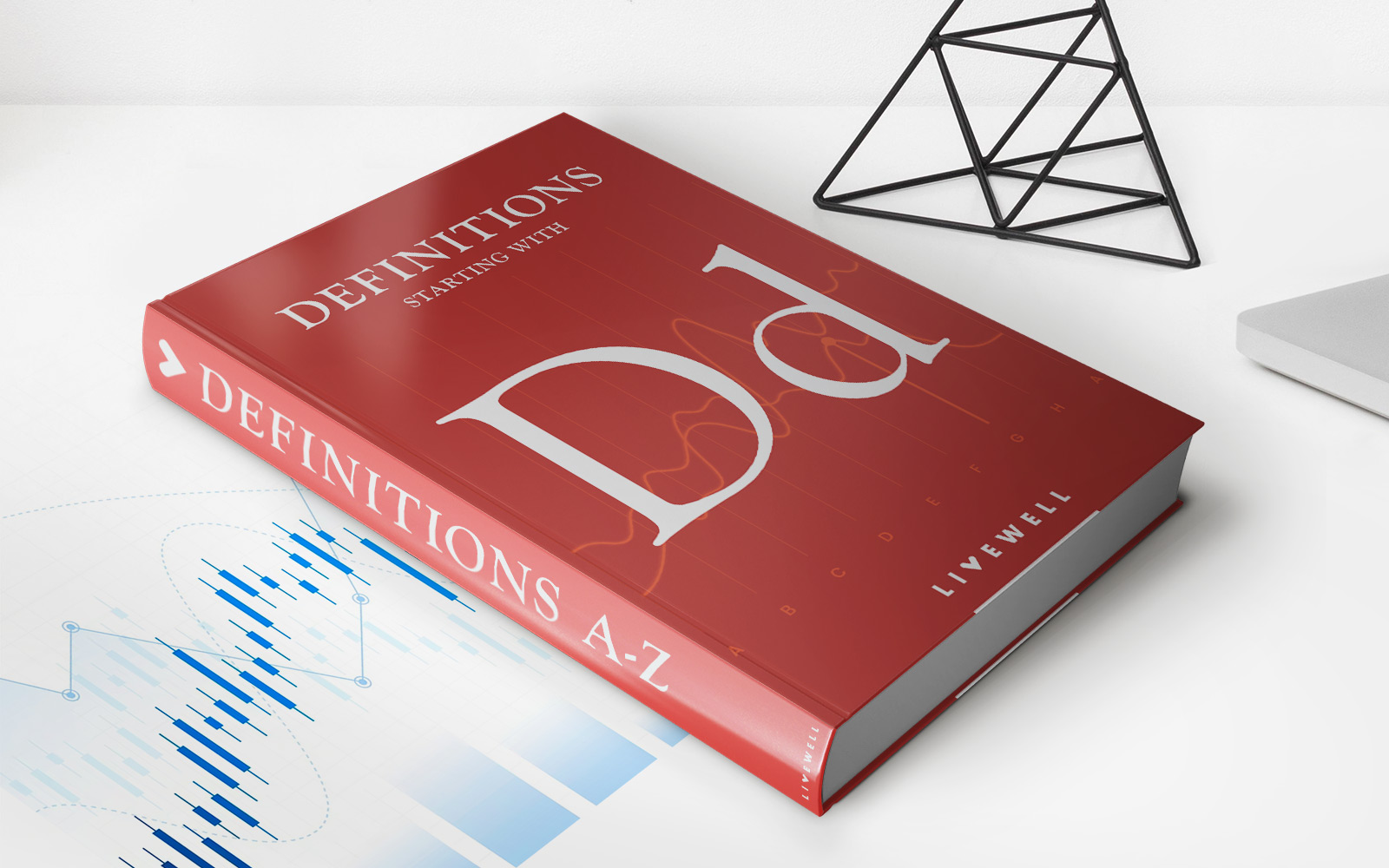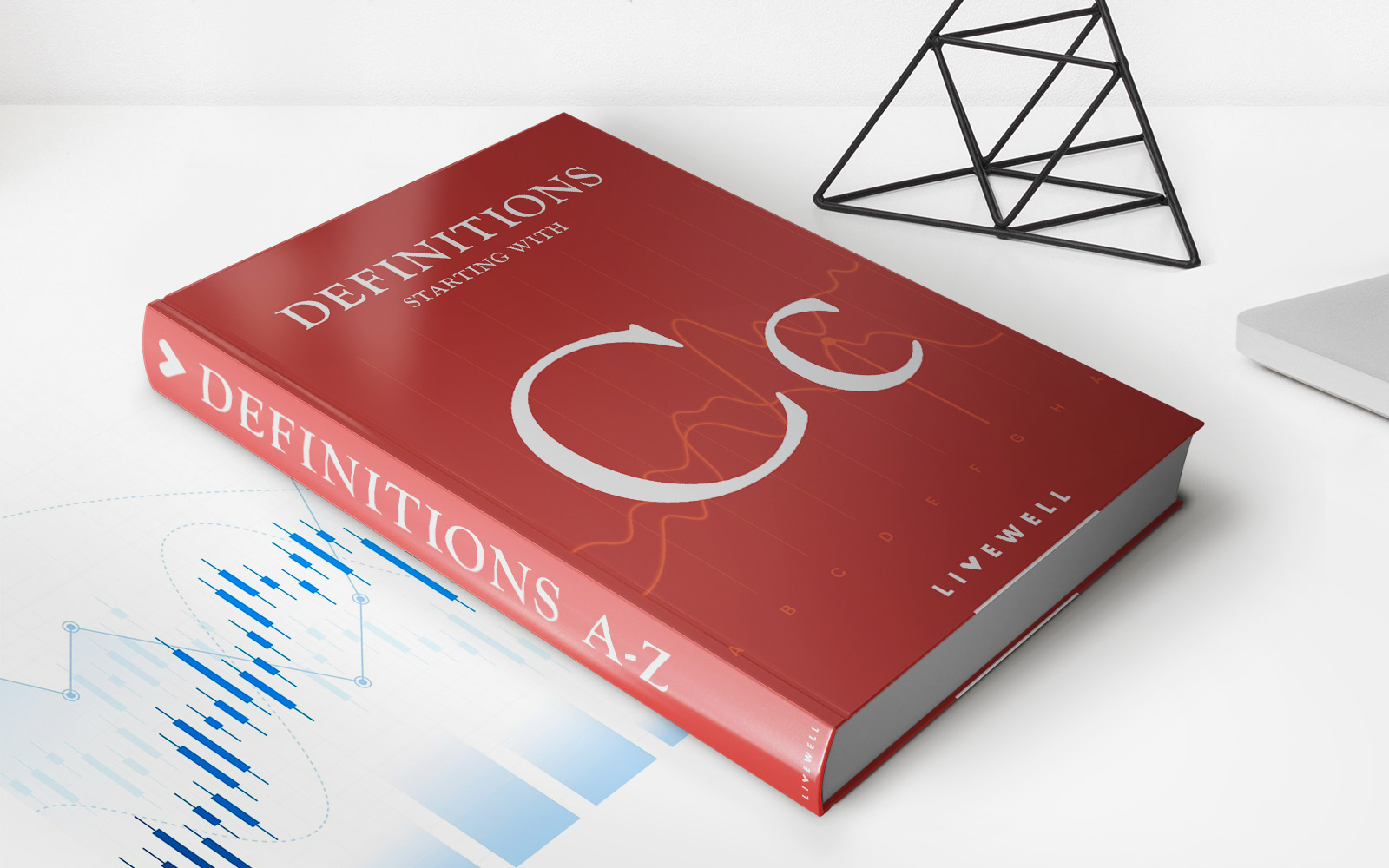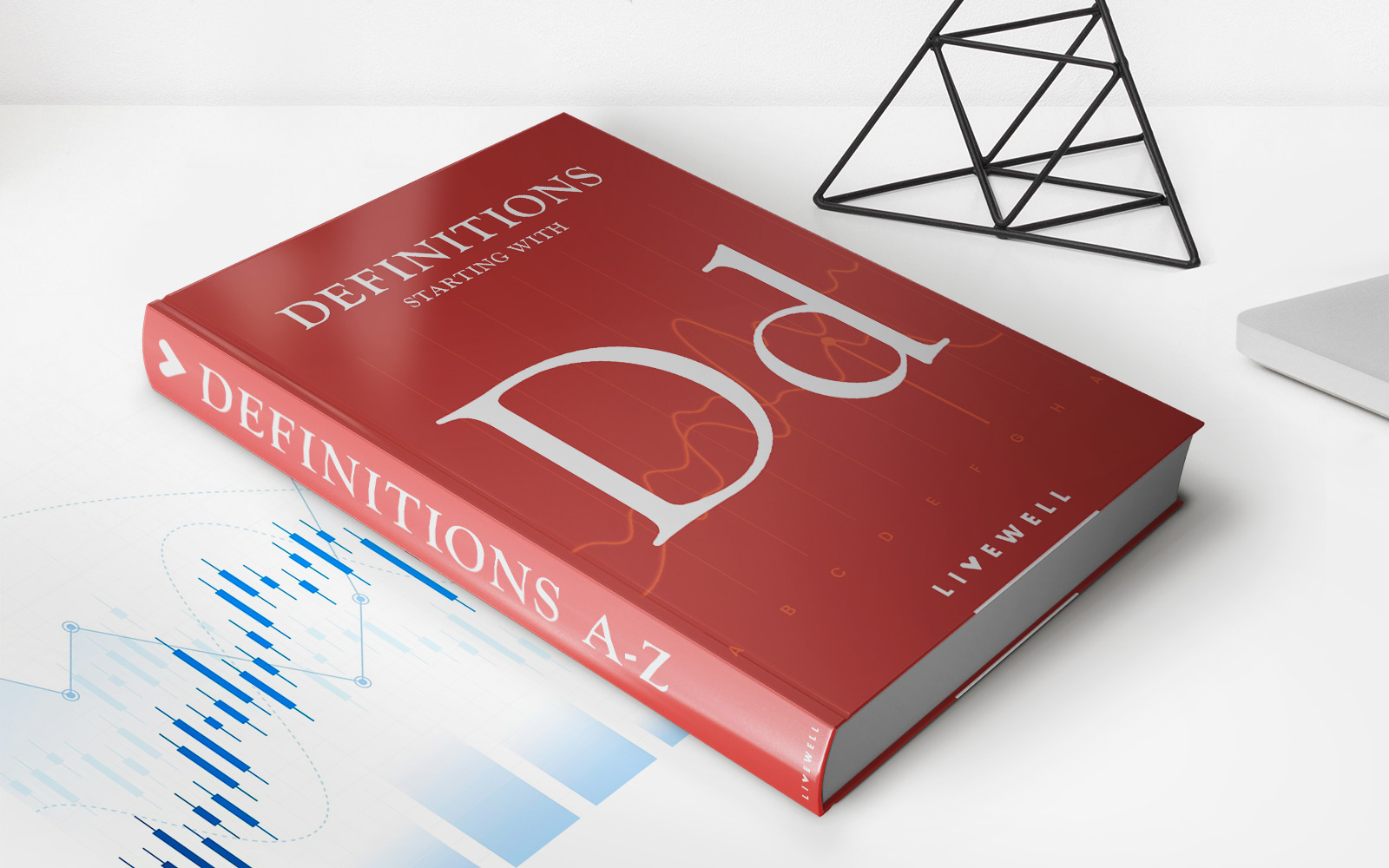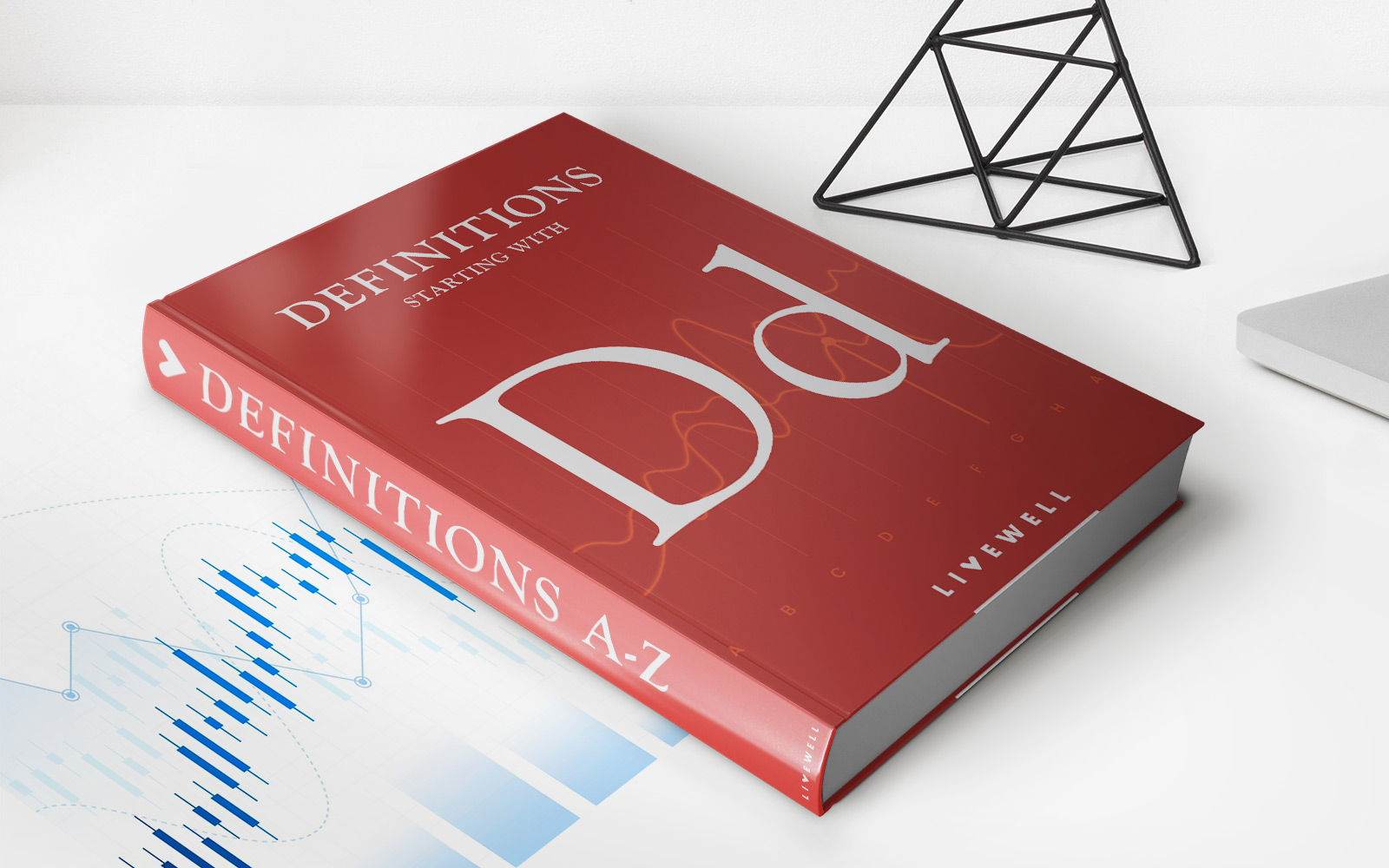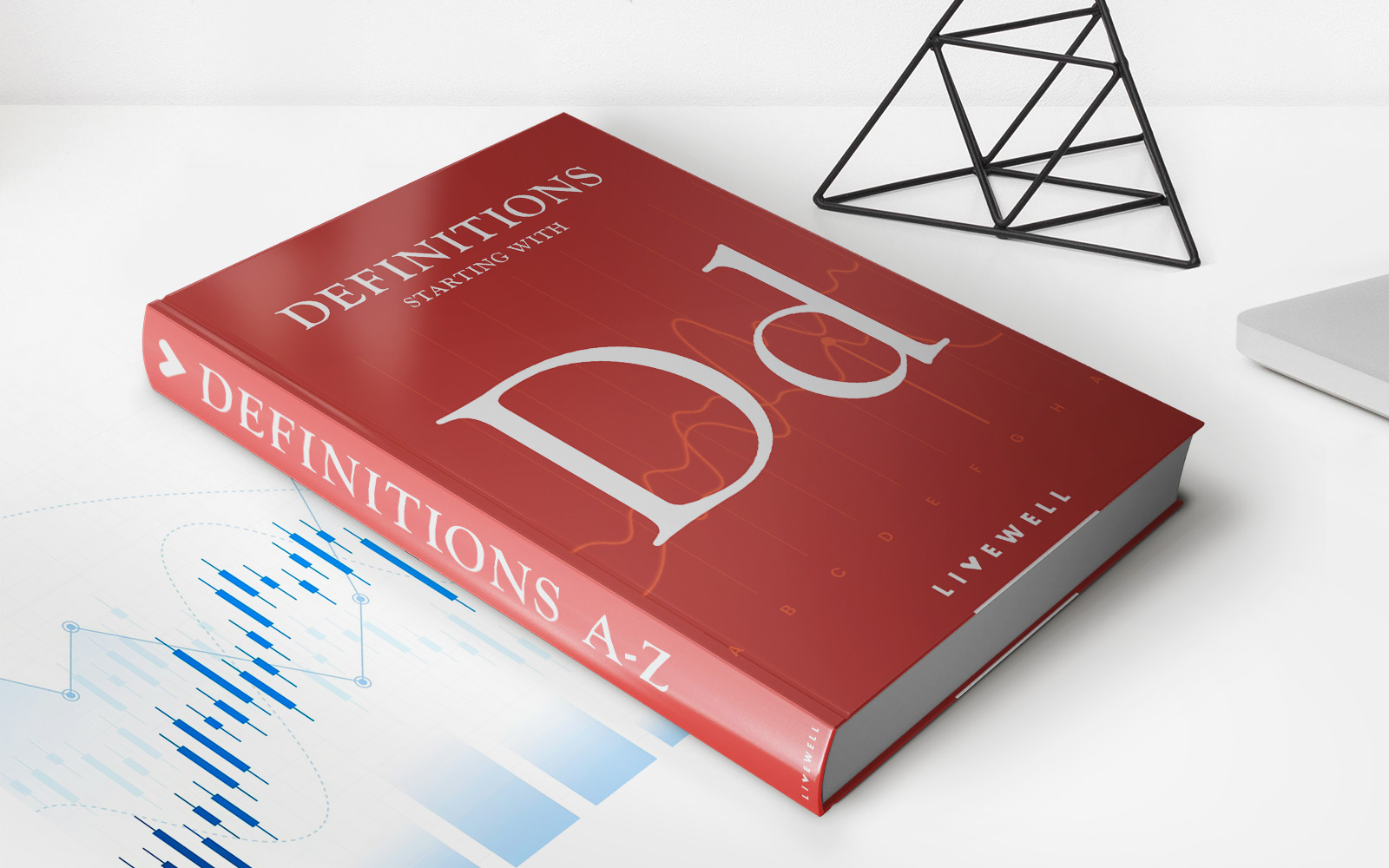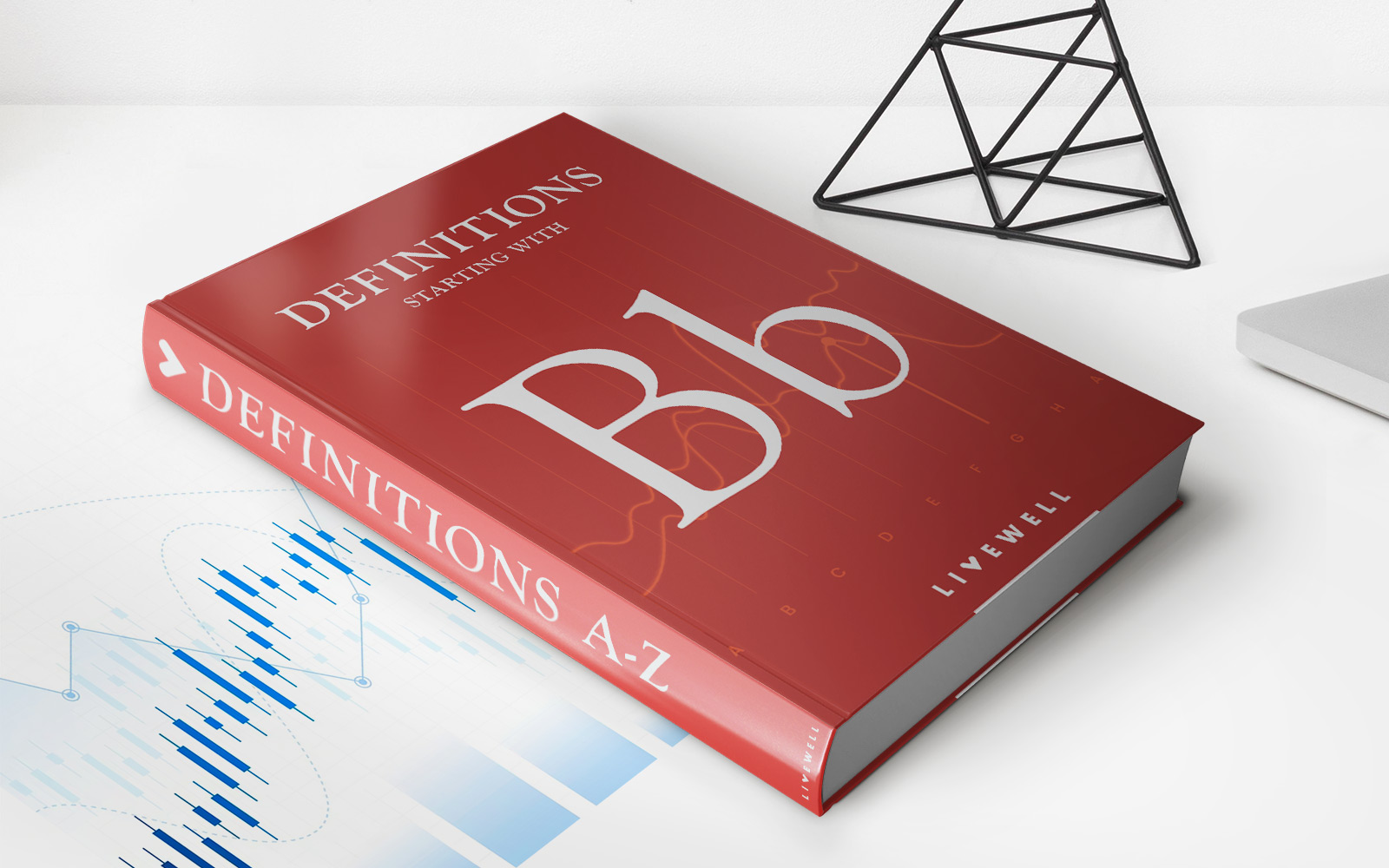Home>Finance>Dual Class Stock: Definition, Structure, And Controversy
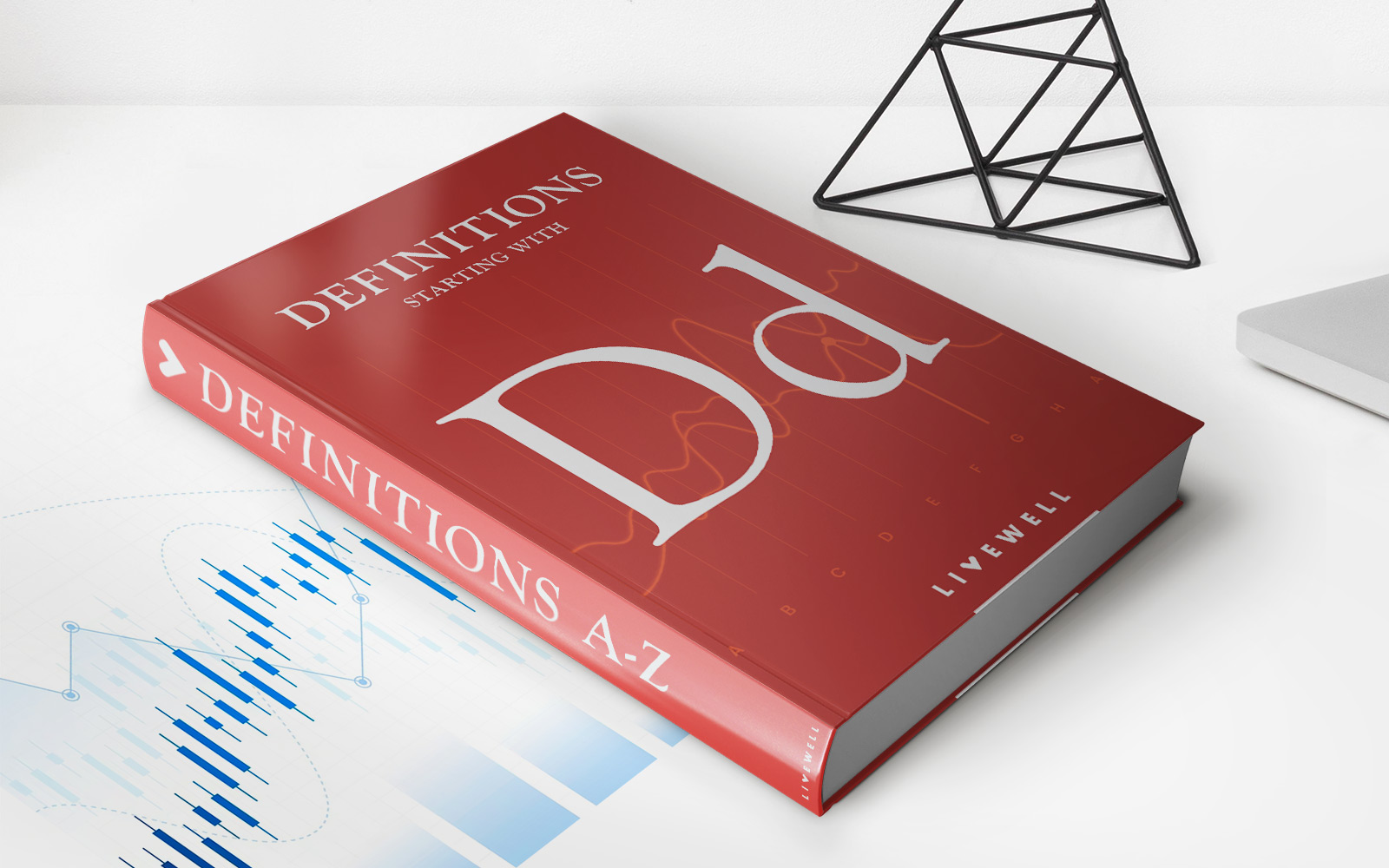

Finance
Dual Class Stock: Definition, Structure, And Controversy
Published: November 14, 2023
Learn about dual class stock in finance - its definition, structure, and the controversies surrounding it. Gain insights into this unique stock structure.
(Many of the links in this article redirect to a specific reviewed product. Your purchase of these products through affiliate links helps to generate commission for LiveWell, at no extra cost. Learn more)
Exploring Dual Class Stock: Definition, Structure, and Controversy
Welcome to our Finance blog category where we delve into various financial topics to help you gain a better understanding of the complex world of finance. Today, we are going to explore the intriguing concept of Dual Class Stock, its definition, structure, and delve into the controversy surrounding it. If you’ve ever wondered about the different types of stocks available and how they impact corporate governance, you’ve come to the right place.
Key Takeaways:
- Dual class stock is a structure in which a company issues two different classes of shares, typically designated as Class A and Class B.
- This structure grants the founders or early investors in a company with Class B shares significantly more voting power than the Class A shares held by public investors.
In simple terms, Dual Class Stock is a structure in which a company issues two different classes of shares, typically designated as Class A and Class B. This structure grants the founders or early investors in a company with Class B shares significantly more voting power than the Class A shares held by public investors.
Now, let’s take a closer look at the structure of Dual Class Stock:
The Structure of Dual Class Stock:
When a company decides to implement a Dual Class Stock structure, it typically issues two types of shares:
- Class A Shares: Class A shares are typically offered to the public through an initial public offering (IPO). These shares usually come with limited voting rights, providing public investors an opportunity to own a stake in the company without significant influence over corporate decision-making.
- Class B Shares: Class B shares, on the other hand, are typically held by founders, insiders, or early investors and carry higher voting rights per share. This ensures that these individuals have a substantial influence in strategic and operational decisions, even if their ownership stake is comparatively low.
At first glance, it may seem fair for the company’s founders and early stakeholders to retain voting control. After all, they were the ones who took the initial risks and turned their vision into a reality. However, this structure has sparked a considerable amount of controversy.
The Controversy Surrounding Dual Class Stock:
The use of Dual Class Stock has drawn mixed reactions from investors, corporate governance experts, and regulatory bodies. Here are a few reasons for the controversy:
- Unequal Voting Rights: Critics argue that Dual Class Stock can lead to a significant imbalance of power, with a select group of individuals holding majority voting rights despite owning a minority stake in the company. This concentration of voting power can potentially result in decisions that prioritize the interests of a few over the broader shareholder base.
- Limited Accountability: The structure can hinder accountability as it diminishes the influence of public investors and their ability to voice concerns or influence important decisions. This lack of accountability can create governance challenges, making it difficult for shareholders to hold management accountable for their actions.
- Stifling Innovation: In certain cases, Dual Class Stock structures can lead to a lack of shareholder oversight, which may deter management from making decisions in the best interest of the company and its long-term growth. This, in turn, can hamper innovation and hinder the company’s ability to adapt to changing market conditions.
It is worth mentioning that not all companies utilizing Dual Class Stock face controversy as some companies have successfully managed the structure while maintaining investor confidence and corporate governance standards.
Conclusion:
Dual Class Stock is an intriguing concept that presents both advantages and challenges. While the structure can allow founders and early investors to retain control and protect their long-term vision, it also raises concerns about corporate governance and accountability. As an investor, it’s important to consider the implications of a Dual Class Stock structure before making investment decisions.
We hope this article has shed some light on Dual Class Stock, providing you with a better understanding of its definition, structure, and the controversy surrounding it. Stay tuned for more insightful articles on finance and other interesting topics!
